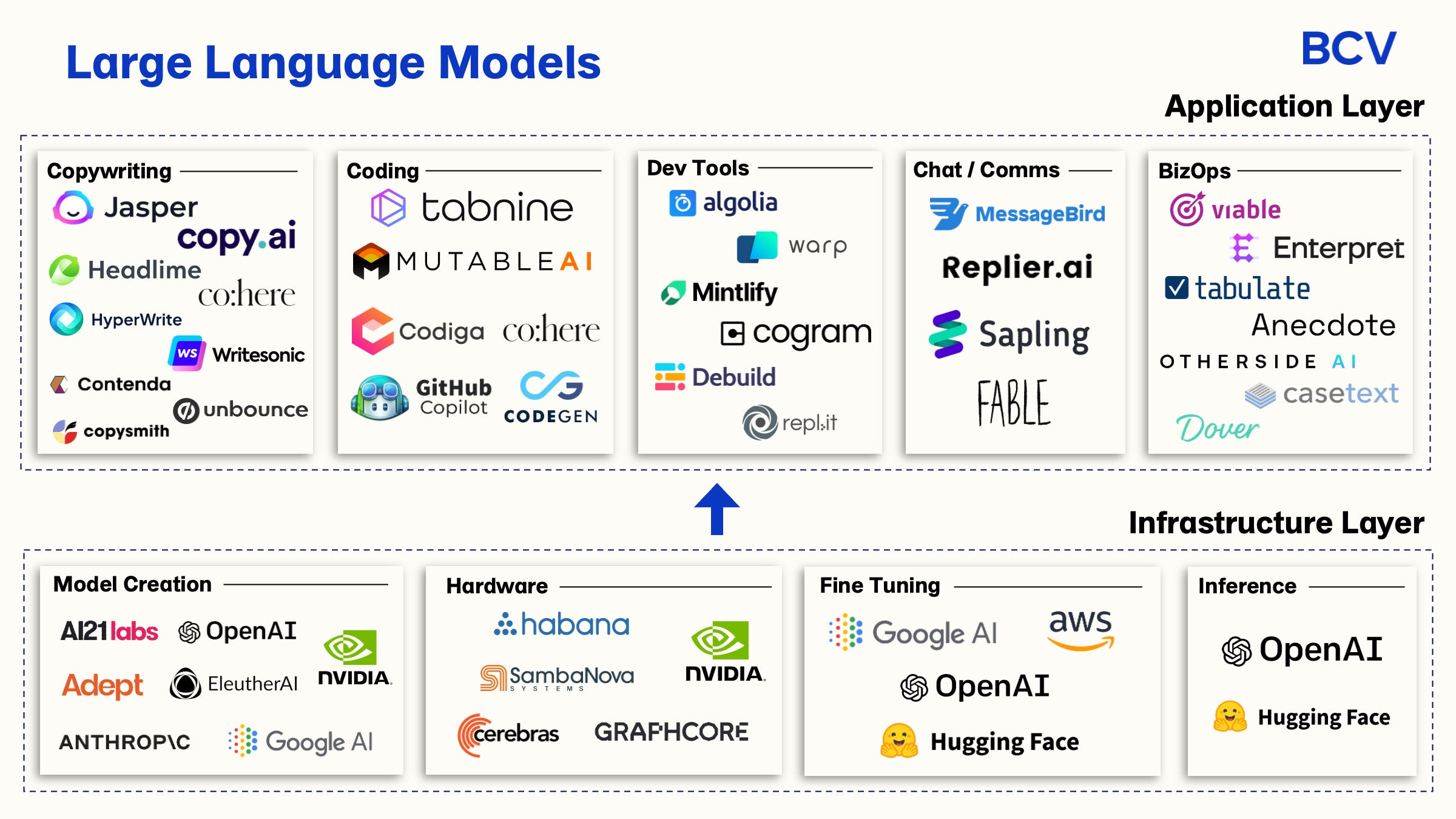
AI-Driven Language Models Reach New Heights of Conversational FluencyAI-Driven Language Models Reach New Heights of Conversational Fluency Artificial intelligence (AI) has made remarkable strides in natural language processing (NLP), leading to the development of advanced language models that exhibit exceptional conversational fluency. These models have pushed the boundaries of AI capabilities, empowering computers to engage in human-like conversations. Enhanced Text Comprehension and Generation AI-driven language models leverage deep learning algorithms to analyze and understand text data on a massive scale. By ingesting vast amounts of text from various sources, such as books, articles, and online conversations, these models have acquired a comprehensive knowledge of language structure, grammar, and semantics. This enables them to generate coherent and grammatically correct text that flows naturally. Personalized Interactions Advanced language models can infer user intent and personalize conversations based on context. They can maintain a thread of thought throughout the conversation, keeping track of previous interactions and tailoring their responses accordingly. This results in a more engaging and realistic conversational experience, where users feel like they are communicating with a genuine human. Cross-Modal Understanding Some language models can also process and generate text in multiple languages, enabling seamless multilingual communication. They can translate text, summarize documents, and even compose creative content such as poetry and short stories. This cross-modal understanding further enhances the models’ versatility and makes them accessible to a wider audience. Applications in Various Industries The conversational fluency of AI-driven language models has opened up numerous applications across industries. These models power: * Virtual assistants: Providing personalized and efficient customer support, answering questions, and managing tasks. * Chatbots: Engaging users in automated conversations, offering information, and assisting with online purchases. * Automated content creation: Generating high-quality articles, marketing materials, and even entire scripts. * Language translation: Facilitating real-time communication between speakers of different languages. * Education: Providing personalized learning experiences, answering student questions, and offering feedback. Ethical Considerations As AI-driven language models become more sophisticated, it is crucial to address potential ethical implications. Concerns include: * Bias and discrimination: Models trained on biased data can perpetuate these biases in their responses. * Privacy: Language models may collect and store personal information from conversations, raising privacy concerns. * Job displacement: The automation of certain tasks by AI models could have an impact on human employment. Addressing these ethical considerations is essential to ensure the responsible and ethical use of AI-driven language models. Conclusion AI-driven language models have reached remarkable heights of conversational fluency, empowering computers to engage in human-like conversations. They enhance text comprehension, generation, and cross-modal understanding, opening up a wide range of applications and fostering more engaging and personalized interactions. As these models continue to evolve, it is crucial to address ethical considerations to ensure responsible and equitable use.
Posted inNews